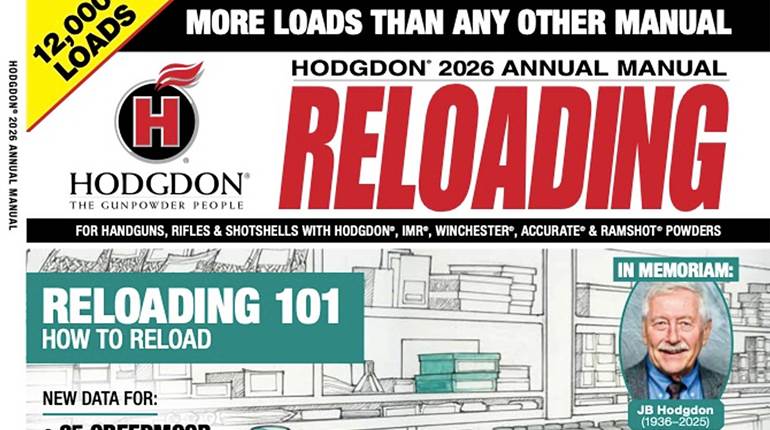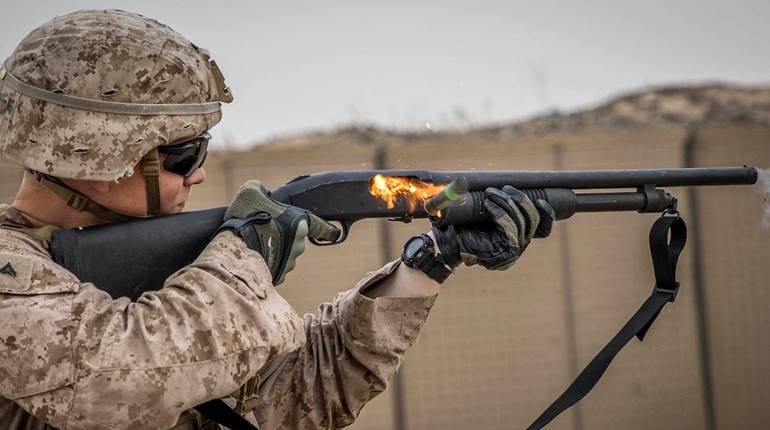
Results of the Federal Emergency Management Agency’s (FEMA) annual National Household Survey on Disaster Preparedness were issued last November, and despite social unrest, COVID-19, financial rumblings and Mother Nature’s current temperament, it found, “Nearly half of the country intends to prepare sometime in the future but has not yet started.” Fifty-five percent of the 7,000 families contacted have completed at least three of the dozen steps recommended by FEMA. Making that list is not a huge accomplishment, though. Saving something for a rainy day, documenting and insuring property, getting involved with the community, safeguarding documents, signing up for alerts and making a plan comprise half of it.
Self-defense questions were not included in FEMA’s study, although they were in results of a Finder.com survey of more than 4,000 people released earlier this month. Its results indicate a third of the nation spent a cumulative $11 billion on disaster preparations in the last 12 months, and 6 percent of that money was invested in self-defense firearms, ammo, gear or related classes. The bulk of funds earmarked for “prepping” across the nation was the addition of $1,057 to savings accounts—emergency funds supplemented by an increase of cash in hand by 9 percent ($468 on average).
Those investing in self-defense equipment and knowledge were primarily Gen Y and Gen Z, according to the Finder report, and male by nearly a 5:1 margin. Average investment per household in that line item came in at $150.
Less than 30 percent of those people contacted by the company are doing any disaster preparation at all. By region, 32 percent in the west do so, but in the northeast the figure plummets to 24 percent.
FEMA’s report endorses the “lack of preparation” observation, despite its lower standards. “People are taking fewer preparedness actions since the COVID-19 pandemic started,” it stated. The number of families that have been prepared for disaster for more than a year increased from 20 percent to 27 percent from 2021 to 2022, but those that have been doing so for six months or are about to begin assembling supplies and strategies offset that gain with significant declines.
Earlier this year, American Rifleman reported on the big business of survival food and huge demand experienced by retailers, a seeming dichotomy explained by the Finder survey. The company estimates there are 74 million people getting ready to survive a disaster. Last year, 21 percent of them added food and water to their supplies, spending an average of $146 each—estimates that put total sales figure at more than $2 billion.





































